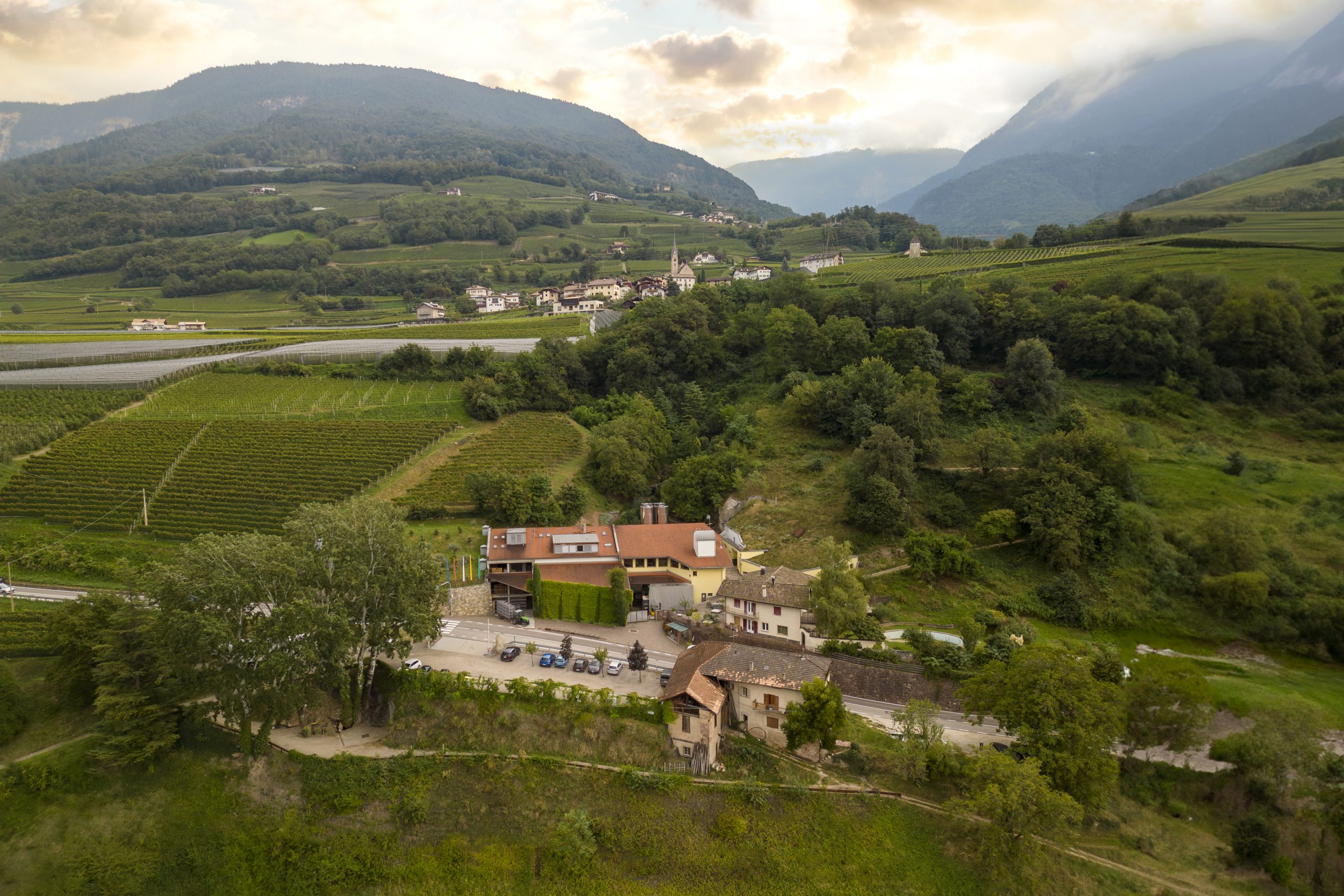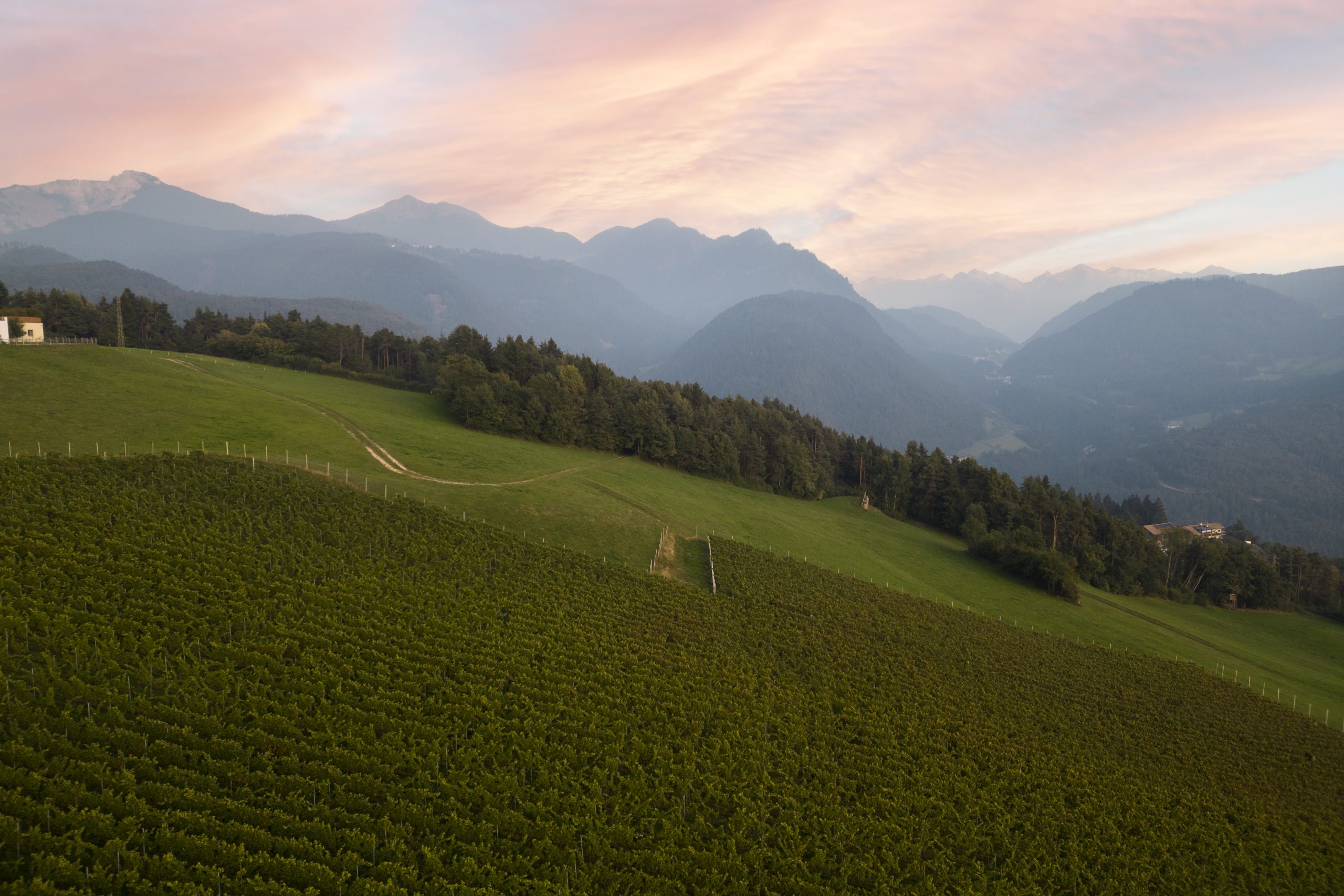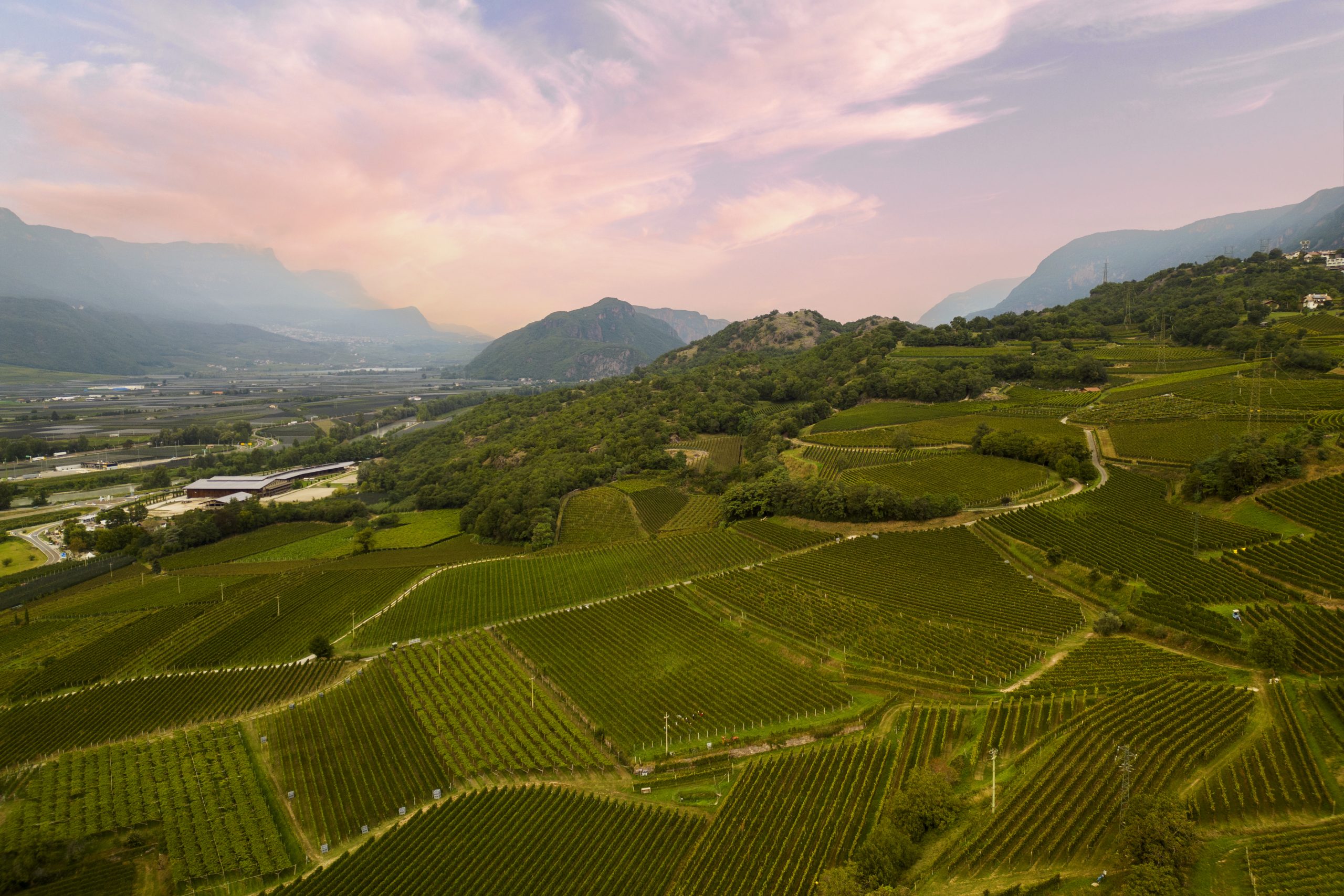This website uses cookies so that we can provide you with the best user experience possible. Cookie information is stored in your browser and performs functions such as recognising you when you return to our website and helping our team to understand which sections of the website you find most interesting and useful.
Franz Haas’ fight against terrain and technicalities in the Alto Adige
Franz Haas staked its reputation in the Alto Adige on high-altitude sites, even if it meant battling to change the region’s regulations.

As an eighth-generation winery in the Alto Adige, Franz Haas is no stranger to change. After all, at its founding it was part of the Austro-Hungarian Empire, a very different political situation to modern, EU-affiliated Italy. The last quarter-century, however, has seen particular change as it has found a new driving ethos: heroic viticulture on the higher sites of the Alto Adige.
Pivoting to high-altitude viticulture was not a flippant choice. Through the 1980s and 1990s, owner Franz Haas had noticed an alarming trend. While he remembered harvests from his childhood that began in October, he increasingly saw harvests starting in early September, or even late August. By 1999 he believed something had to change to preserve the region’s quality winemaking, and his solution was to move up the slopes to cooler sites.
Haas therefore began leasing and planting vineyards further up the valley. Yet before long he was frustrated: the regulations in the Alto Adige prohibited vineyards above 500 metres above sea level. His purpose therefore became twofold: to make great wines and force a change in regulations.
A piece of friendly advice from the Department of Agriculture gave a route forward: by meticulously documenting the project’s success, he could prove the case for a change in regulations. Half a hectare became an experimental vineyard, with 13 varieties planted at altitude. Although initially it did not win over officials, the regulations were eventually updated. In 2010, the region’s upper limit was increased to 900m. Franz Haas therefore planted 4.5 hectares between 600 and 900m.

It has, however, been a continued effort to see heroic viticulture at high altitudes recognised in the Alto Adige. Although the regulations have been increasingly liberalised, sites still have to meet stringent criteria at higher altitudes, meaning only some of Franz Haas’ vineyards and varieties have qualified for DOC status. The most extreme sites, which might be as high as 1150m, are particularly difficult to gain approval for. Further shifting the dial was a project that drove Haas himself, recruiting professors and experts to advocate that case, until his death in 2022, aged 68.
That torch has now passed to his team and family. The winery is as committed as ever to high altitude viticulture, and climate change is increasingly proving its argument. As a pioneer in the region, many others have joined Franz Haas further up the slopes of the Alto Adige. Yet its mission is not over: it continues to push boundaries and explore further in the region, driving the next generation of heroic viticulture
Andi Punter, export sales and marketing director at Franz Haas, explains the importance of high altitude viticulture to the winery.
What were the first signs you would have to adopt high-altitude viticulture?
In the last two decades of the last millennium (i.e. the eighties and nineties) we experienced a significant temperature rise which resulted in a shorter ripening season and an earlier beginning of the harvest.
How did you go about selecting your initial sites for the vineyards?
We wanted to hit all the factors which speak for sites in high altitudes. At a higher elevation, the sun rises earlier and sets later; the UV intensity is greater also due to less air pollution; the max temperatures are lower; and the diurnal temperature swing is more pronounced. The exposition of the sites has to be south or south-west though, otherwise the sunlight hours aren’t enough to reach phenolic ripeness.
What, besides regulations, were the challenges of working at higher altitude?
We had to experience every challenge first-hand. It ranged from selection of clones to the handling of the vineyards in the broadest sense, encompassing density of planting, irrigation, pruning, green harvesting and more.
Are there particular grape varieties that fare better at altitude, or ones that are more challenging?
In 2000 we planted many but we found that Pinot Nero, our passion and main grape variety, brings excellent results. Also the whites, like Pinot Grigio, Pinot Bianco, Müller Thurgau, Sauvignon Blanc and Riesling, are showing themselves to be very suitable for this heroic viticulture.
What distinguishes South Tyrol from other high-altitude winemaking regions?
We are nestled in the middle of the Alps and Dolomites. The area is therefore very protected and not exposed too much to bad weather fronts like other areas. These steady weather conditions, with an overall windy and dry climate, help to grow grapes of great quality. The vintages therefore are quite steady. We do not have exceptionally great or bad vintages: they are always great.
Finally we can say that we at Franz Haas are very proud and satisfied with the results we had in high altitude viticulture. The ultimate goal of the winery is to continue to follow in the footsteps of Franziskus Haas, who showed us that going the easy way is never a solution and that having dreams, visions and goals and pursuing them is essential. Our motto is, and will always be, go to bed with a dream and wake up with a purpose!
Related news
Grammy-winning Ariana Grande bewitched by Barolo


